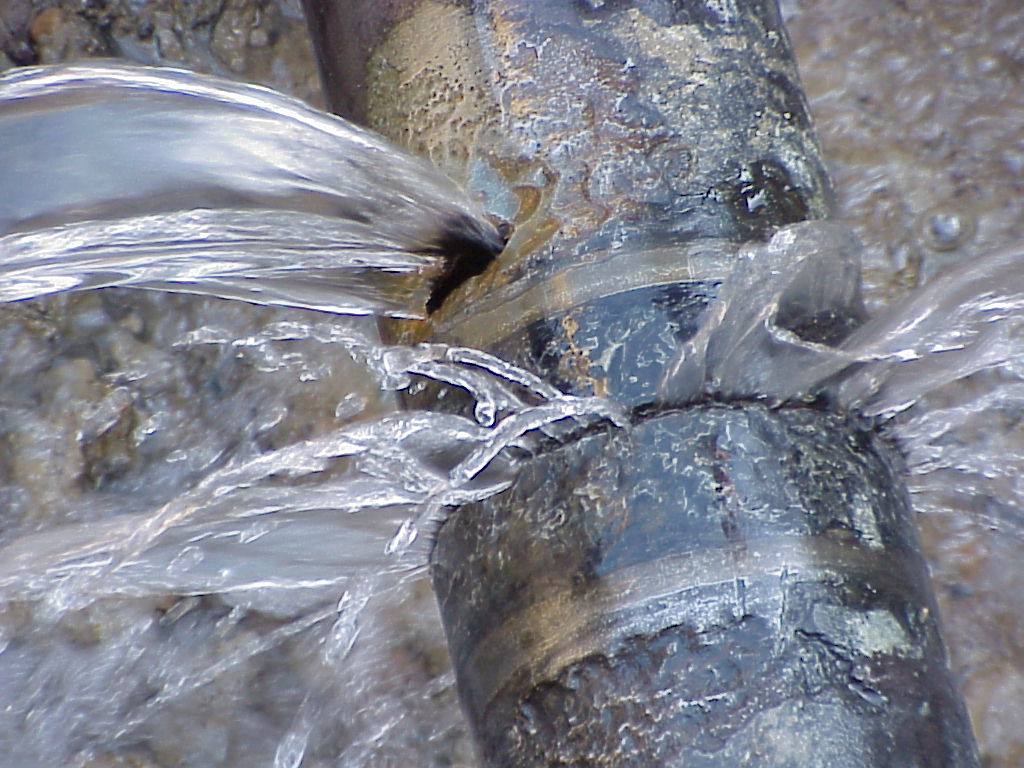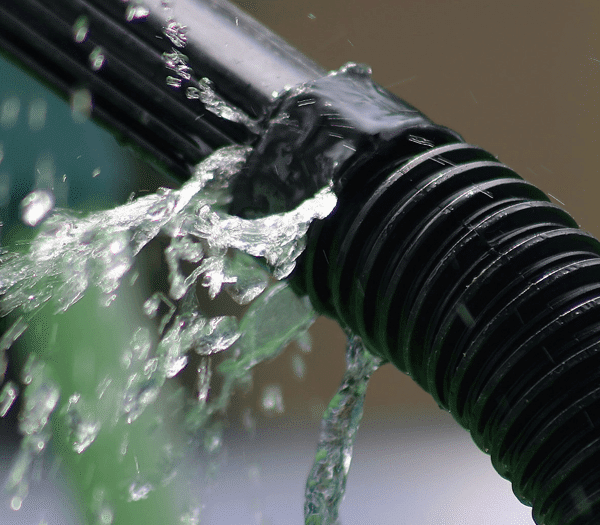Are you in search of info around How to Prepare for Your Dishwasher Installation?

A ruptured pipe is a major emergency; you can just stand as you enjoy water you pay dearly to reunite with the planet. In even worse instances, you discover a pool on your kitchen floor, which is a wonderful trip risk, specifically if you have children around. If the pipe that burst was in your walls, problem: you may need to repaint that entire section.
How can a disaster like a burst pipe be prevented and managed? Well, by paying attention to your expert emergency plumbing professionals as well as complying with these guidelines.
How do I recognize when my pipelines have burst?
Fluctuating water pressures
Pipes do not simply burst in a day. You may have noticed that your cooking area tap or shower does not run quickly when you turn the tap. It might stop briefly for a couple of seconds and afterwards blast you with more pressure than normal.
In other circumstances, the water may seem typical in the beginning, then decrease in stress after a couple of seconds.
Contaminated water
Many individuals think a burst pipe is a one-way electrical outlet. Quite the contrary. As water spurts of the hole or laceration in your plumbing system, contaminants discover their way in.
Your water may be contaminated from the source, so if you can, inspect if your water storage tank has any kind of problems. However, if your drinking water is supplied as well as cleansed by the city government, you must call your plumber immediately if you see or scent anything amusing in your water.
Puddles under pipes and sinks
When a pipe ruptureds, the discharge develops a pool. It may appear that the pool is expanding in size, and despite the amount of times you mop the puddle, in a couple of minutes, there's another one waiting to be cleansed. Commonly, you may not have the ability to map the pool to any noticeable pipes. This is an indication to call a professional plumber.
Damp walls and water stains
Before a pipeline bursts, it will certainly leak, the majority of times. If this consistent dripping goes unnoticed, the leakage may graduate into a large gash in your pipeline. One very easy way to avoid this emergency is to watch out for damp walls ad water spots. These water stains will lead you right to the leak.
Untraceable dripping sounds
Pipe ruptureds can take place in the most unpleasant locations, like within concrete, inside walls, or under sinks. When the house goes quiet, you might have the ability to listen to an annoyingly persistent dripping noise. Even after you have actually checked your shower head and kitchen faucet, the trickling might proceed.
Precious visitor, the dripping might be originating from a pipeline inside your walls. There isn't much you can do about that, other than inform a professional plumber.
Turn up the Heat
Establish followers to blow heat right into cool spaces. Keep the garage door shut. If you have actually decreased water flow, warmth one of the most at risk pipelines (typically in cellars as well as crawl spaces or near exterior wall surfaces) with a hair dryer. Leave the tap on while you apply warmth. As you melt ice, the circulation will raise. To avoid pipelines from freezing, shield your walls.
Beginning Doing Away With the Water
Grab the wipe, containers and also a shop vacuum cleaner to begin to get rid of the water due to the fact that you absolutely don't desire it soaking right into every little thing else in your home. And also, a fast tidy up will minimize the opportunities of something obtaining musty.
What do I do when I detect a ruptured pipeline?
Your water meter will certainly continue to run even while your water wastes. To minimize your losses, locate the major controls as well as turn the supply off. The water pipe are an above-ground framework at the edge of your residential property.
How to Fix & Detect a Leaking Pipe
How Do I Know if a Pipe is Leaking?
Leak detection tests can help you determine if your pipe has a leak. Even if you don’t see an apparent leak, you should still conduct leak detection tests regularly to save water and money—and prevent major damage to your home.
Water meter. It can be helpful to figure out what your usual water meter usage numbers are and then monitor them regularly. To monitor your meter, first, turn off all water faucets in your home. Check the meter and write down the numbers. In a few hours, check the meter again. If the numbers have changed, you have a leak. Water gauge. Use a water gauge to test your water pressure. Your showerhead should produce a certain amount of water pressure based on its model and design. If the pressure is lower than it is supposed to be for that specific showerhead, your home likely has a leak. Puddles. Look inside your bathroom, laundry, and kitchen sink cabinets. Puddles around the cabinets or around toilets, tubs, showers, and washing machines indicate the presence of a leaking pipe. You may also notice loose tiles, peeling or flaking paint, or mold caused by water accumulation. Napkin test. Even if you don’t see any puddles, you may still have a leak. You can test for water leaks in the bathroom, laundry, and kitchen by wiping below-sink connections with a napkin, paper towel, or piece of toilet paper. If it becomes damp, you probably have a leaking pipe under the sink. Discolored walls. Walls that are discolored—usually with brown or yellow stains—or bulging might mean that they have been impacted by water damage caused by a leaking pipe. Smell. A leaky pipe will create sitting water, and over time, that water may develop a musty smell. If your home smells musty, but you can’t locate the source, it may be due to a leak. Steps for Fixing a Leaking Pipe
A leaky drain can be remedied by tightening the pipe base, replacing the drain seal, caulking the rim, and tightening the pipe nut. Similarly, a leaking toilet pipe can be treated by tightening the packing nut. You may also need to replace the valve. A leaky faucet may just need tightening or replacement of the washers. If that doesn’t work, consider replacing your faucet. If your pipe has a hole in it, you may want to use a pipe leak sealer or pipe leak tape. This quick fix for water pipe leaks can also temporarily fix a copper pipe leak. https://www.ahs.com/home-matters/quick-tips/how-to-tell-if-pipes-are-leaking/

Hopefully you enjoyed our post on What to Know Before Installing a Dishwasher. Thank you so much for taking the time to read our piece of content. Sharing is good. Helping others is fun. Many thanks for your time. Kindly pay a visit to our blog back soon.
Resolve today, dial!